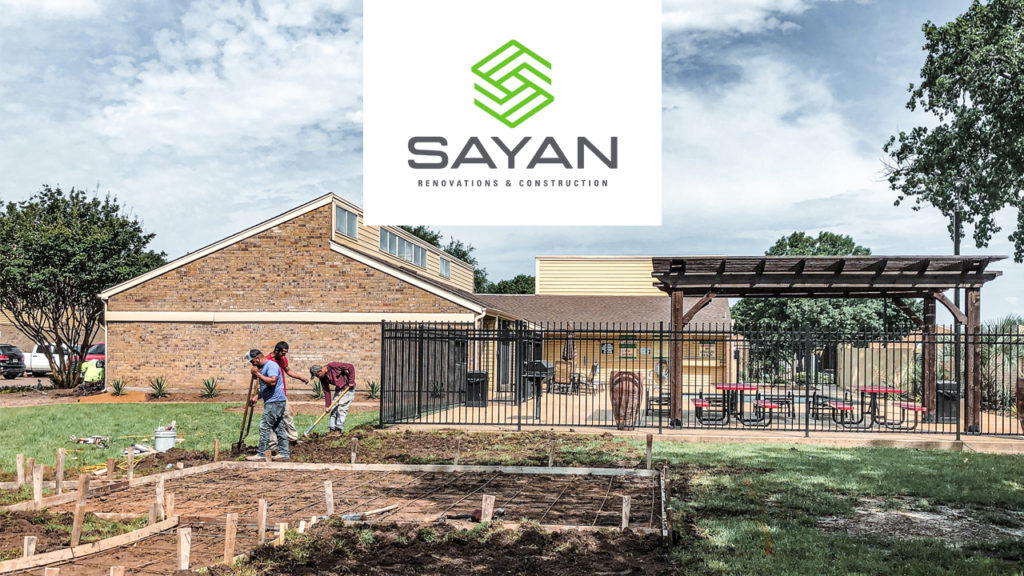Construction costs continue to be one of the most significant expenditures for multifamily investors and developers, and costs seem to be rising. Unfortunately, rising expenses may have a detrimental influence on the sector as a whole. Because of these skyrocketing prices, it’s more critical now than ever before for developers and investors to pay attention to multifamily renovation budgets and plan accordingly.
Multi-family property management costs might fluctuate from year to year due to a variety of reasons beyond your control. Actual costs may be greater than planned, regardless of how well you prepare. It is important to have a step-by-step building and VE strategy in such instances. Construction in phases might be an excellent approach to managing a budget that must be stretched out over many years. However, keep in mind that there is generally a tiered charge to include in your budget.
Many property owners are unhappy with the allocation of renovation funding. They rely on management to cover the finance needs via operational cash flow. For a number of reasons, this may be troublesome. The cash flow needs for remodeling projects are often large, and in most situations, upfront capital is required. Prior to the purchase of supplies and the start of work, the contractor must pay professional and permit fees, deposits, and down payments. Furthermore, the building will not be in the best of condition throughout the remodeling phase. This makes it tough for marketing employees to sell and may result in lower earnings throughout development. This reduces the operational cash flow available for repairs even more. You must consider designating cash expressly for the refit in order to satisfy your budget needs. A well-planned budget, including construction timetables, can assist you in managing your money and reducing the strain on your operational cash flow.
A cosmetic renovation might be considered a cost since it is used to repair and maintain the exterior of a structure over time. A more extensive refurbishment really increases the life of an asset and is therefore seen as a capital improvement. Keeping in mind that the primary purpose of a refurbishment is to increase income, it is critical to remember that this will only be successful if the asset’s usable life is prolonged.
How Much Money Should You Set Aside for Renovations?
Too frequently, the remodeling budget is determined by an inadequate escrow account or by pure guesswork. The budget will be unrealistic if it is determined before a thorough grasp of the building’s present state, the quantity of space to be refurbished, and the marketing obstacles. Either strategy might lead to disappointment for the owner.
Creating a budget is a step that should be completed well before the restoration begins. The budget for repositioning a property is often calculated the year before the anticipated restoration. Depending on the extent of the refurbishment, the budget may need to be calculated further in advance and the funds allotted across numerous years. Collaborative work-prioritization conversations will give the greatest opportunity for effectively defining the budget and gaining future ROI. Consider a team approach from the start to analyze the market, comprehend the building’s problems, and design a budget based on actual facts. Before deciding on a budget, speak with your design professional, management/marketing consultant, building engineer, and asset manager. This will assist to avoid unreasonable expectations.
Construction prices might change from year to year depending on a variety of uncontrollable elements for your designs. Even with meticulous preparation, real bids may be greater than expected. In the event that this happens, it is preferable to have a phasing and VE strategy in place.
Construction phasing may be a fantastic approach to managing a budget that has to be stretched out across many years. However, it is vital to remember that there is generally a premium cost to phasing that must be included in the budget.
Funding for Renovations
Many business owners are opposed to allocating funds for refurbishment initiatives. They rely on management to cover the finance needs via operational cash flow. For a number of reasons, this may be troublesome. The cash flow needs for remodeling projects are generally significant, and the funds are usually needed early on.
Before supplies are purchased and the contractor starts work, professional and permitting fees, deposits, and advances must be paid. Furthermore, the home will not be at its finest throughout the remodeling phase. This creates a difficult selling environment for the marketing department, perhaps resulting in a decrease in income during construction. This will reduce the operating cash flow available for the remodeling even more.
To effectively fulfill your financial goals, consider putting money away expressly for the remodeling. A well-planned budget that incorporates a building timeframe will assist in managing funds and reducing the burden on operating cash flow.
Obtaining ROI
A cosmetic renovation may be deemed an expenditure since it will freshen and maintain the building’s appearance for a length of time. A more extensive restoration will actually extend the life of the asset, hence it is often seen as a capital investment.
Keeping in mind that the primary goal of remodeling is to expand income streams, it is critical to remember that this can only happen successfully if the life of an asset is extended.
Owners and stakeholders will want to get the most bang for their dollars. Any remodeling project will be difficult to market if there is ambiguity about the return on investment. As a result, part of the planning process for a refurbishment involves performing the arithmetic to determine the expected ROI.
Owners and stakeholders are ultimately seeking a return on investment. That’s when having a knowledgeable, experienced partner comes in handy. Sayan distinguishes itself by managing budgets and assisting customers with projects from start to finish, from planning to implementation. Give us a call or drop us an email to find out how we can help you bring your 2022 remodeling and construction ideas to reality.


